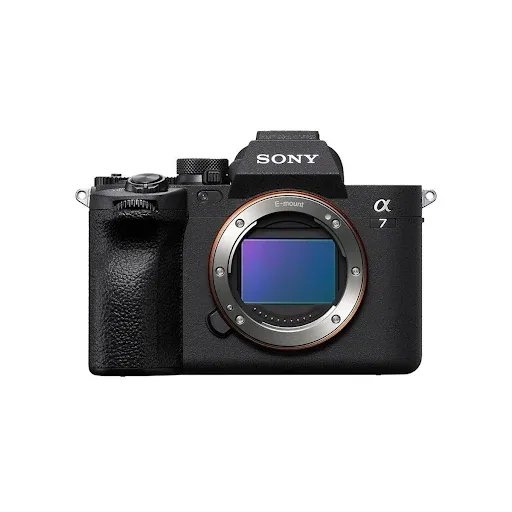The pros and cons of virtual production
Virtual production is the use of real-time technology to previsualize and produce media content. This technology has been used in the film and television industry for several years, and has gained popularity due to its ability to reduce costs and increase efficiency in the production process. However, like any technology, virtual production has its pros and cons.
On the pro side, virtual production allows filmmakers to visualize and experiment with different aspects of a scene, such as lighting and camera angles, in real-time. This can save a lot of time and money, as filmmakers can quickly iterate and make changes without having to reshoot the entire scene.
In addition, virtual production allows for the creation of realistic, immersive environments without the need for expensive sets and locations. This can be particularly useful for fantasy or science fiction films, where the setting may not exist in the real world.
Furthermore, virtual production can also be used to create special effects in real-time, allowing filmmakers to see how the effects will look in the final product and make adjustments as needed. This can save a lot of time and money in the post-production process.
On the contra side, virtual production requires a significant amount of technical expertise and specialized equipment. This can be expensive and time-consuming to set up, and may not be feasible for smaller productions.
In addition, virtual production can sometimes lack the realism and authenticity of traditional production methods. While the technology has come a long way in recent years, there may still be a disconnect between the virtual world and the real world, which can affect the final product.
Finally, virtual production can also be isolating for actors, as they may not have the same physical interaction with other actors and the environment as they would in a traditional production. This can affect their performance and the overall quality of the final product.
In conclusion, virtual production has the potential to save time and money while providing filmmakers with a high degree of control and flexibility. However, it also has its drawbacks, and may not be the right choice for every production.


